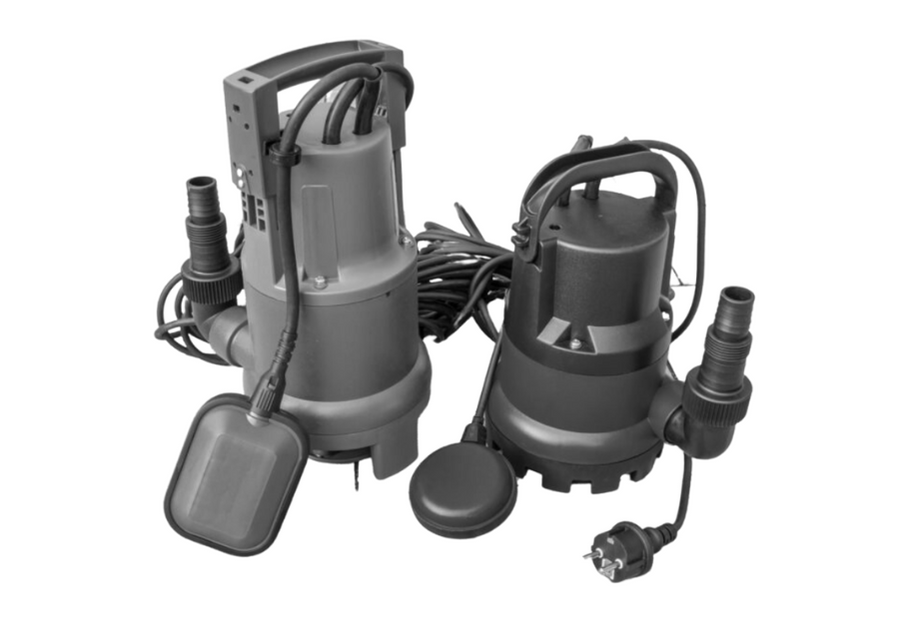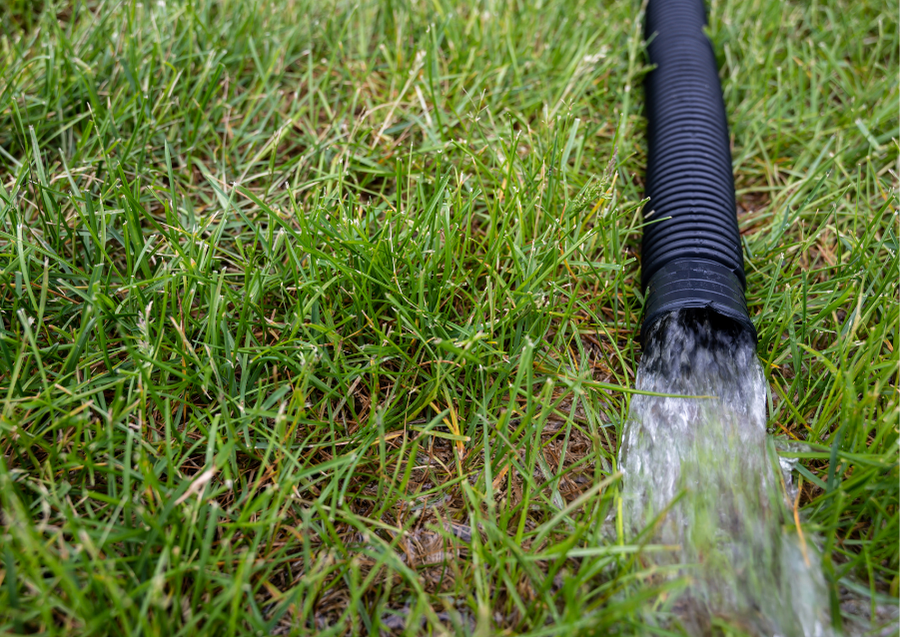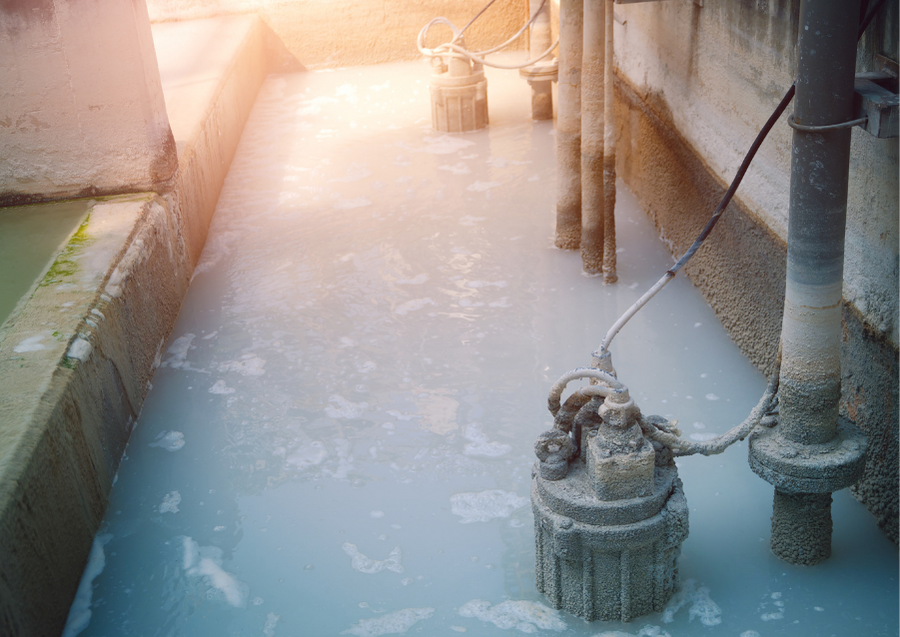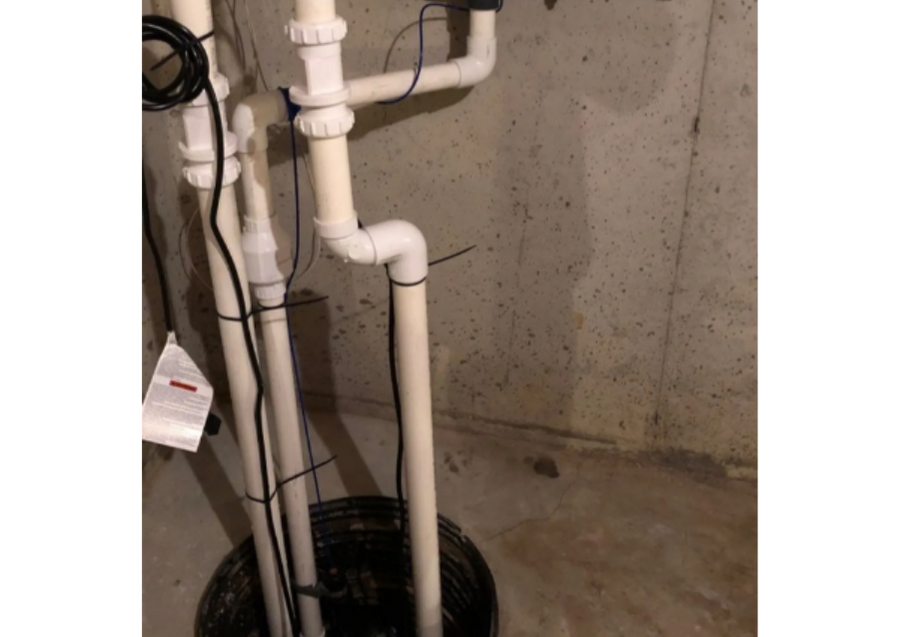
Protecting your house from moisture damage or extensive water should be a homeowner’s priority at every time. One of the devices responsible for regulating your groundwater is a sump pump.
Sump pumps, in essence, prevent groundwater from flooding your home, which is excellent news.
According to the US Center for Disease Control and Prevention (CDC), an estimated 145 million Americans get their tap water from a groundwater source. Thankfully, installing sump pumps can certainly help you address any groundwater issues.
So, how does a sump pump work, exactly? Why do you need a sump pump for your property in Prescott, Arizona? Keep reading to learn more.
What Is a Sump Pump?
To put things simply, a sump pump is a device/machine that resembles a pit, which is located below your basement floor’s main surface. The sump tank itself is also called “sump basin,” “sump pit,” or even “crock.”
Overall, the device’s job is to move water from your basement to the outside of your property. In the case that the machine detects high water levels, it will pump out the excess water through the discharge pipe.
Sump pumps have valves and sensors that can detect excessive water levels or pressure, allowing them to pump the excess out. Depending on the types of sump pumps you have, they can be powered by water, electrically, or by a battery.
A battery backup sump pump is a great option in areas where power outages are common since primary sump pumps are often wired in. If the primary pump fails, you won’t have anything to worry about.
What Does a Discharge Pipe Do?

The discharge pipe is the part of the sump pump responsible for transporting the water out of your property. Depending on the case, the pipe may be connected to a hose, or it may be directly connected to a sewer.
In most cases, the discharge line will have an anti-siphon device and check valve installed; this is to prevent backflow.
Why Do You Need Sump Pumps at Home?
Whether you live in an area prone to flooding or not, sump pumps work to prevent any water buildup nearby. Keep in mind that, even if your home is not prone to excessive water, it may still experience excessive moisture around the foundation. There, having sump pump systems around will certainly help.
As mentioned before, several American homes are affected by groundwater, which can cause hundreds or thousands of dollars in property damage. Moreover, not all insurance types cover flood damage, which is bad news for you.
Not only is having a sump basin or sump pump drain excellent for protecting your home, but it may also be an attractive addition for potential buyers. If you’re planning on selling anytime soon, having a sump pump around can make all the difference.
What Are the Types of Sump Pumps?
Each sump pump runs differently from others, so if you’re looking at getting one for your property, make sure to read about the three main pump types you can get first!
Submersible Pump

Submersible pumps involve a single unit that contains the pump and the motor. Overall, this unit will be placed inside the sump pit, which will be in your basement.
The benefit of a submersible sump pump is that, since they’re submerged in water, they save space, experience less clogging, and have a quieter performance. Unfortunately, this sump pump fails more often than others since it’s continually submersed in water. Either way, this automatic pump is an excellent option for those who live in areas prone to flooding.
Pedestal Pump
Pedestal pumps are quite the opposite of submersible sump pumps, but it’s still an excellent option. Generally speaking, a pedestal sump pump has a separate unit for the motor and a pump. The motor will sit on a pedestal above the pit (hence the name), and there will be a hose running from the motor to the pit. Here, the pump will send water outside of your home through the hose.
Pedestal sump pumps have the longest life span out of all the other options since they’re not submerged. Moreover, it’s more comfortable for workers in cases of a sump pump repair or maintenance service. However, this device tends to take up more space and make more noise.
Water-Powered Sump Pumps

Water-powered pumps serve as a backup in case there’s a power outage or other thing that makes the primary pump fail. This device considers increased water pressure to clear the water out of the basin.
Unfortunately, since this backup pump uses more water, you may have to spend more money on bills.
Battery-Operated Backup Sump Pump
Finally, these backup sump pumps will pump water even if your new sump pump fails due to a power failure.
What Sump Pump Size Is Needed at Home?
It depends on the size of your home and your water table. If you want to make sure, you may want to contact a professional for more information. In essence, you need to:
- Estimate your needs
- Choose the correct horsepower
- Consider the vertical lift
- Consider the friction head
In most cases, a 1/3 HP pump can be enough for average homes since they can handle from 7′ to 10′ vertical lifts.
[Read more on our guide: What Size of Sump Pump Do I Need for My Home?]
Frequently Asked Questions
How Does a Sump Pump Work in the Basement?
The pump is installed in your basement, either above the floor or submerged in water. Overall, the machine will have a pit that will hold the pump. Once the machine detects increasing water levels, it will start to pump the water away from your property through the discharge line, which connects the machine to your drainage area.
Where Does the Water Come from in a Sump Pump?
Water can come from rain, seepage on the ground, or snowmelt.
Do Sump Pumps Have to Be Emptied?
While having a dry pump can be bad for the machine, it doesn’t have to be full of water all the time. When you request maintenance service, workers may empty the pump to clean it.
How Does a Sump Pump Move Water?
Once the machine turns on, it will pump the water out of the pit and outside your home through a discharge line.
How Much Does a Sump Pump Installation Cost in Arizona?
Depending on the type of pump, workers’ fees, and other factors, you may look at an installation cost of $639 to $1,977. Get a quote from a trusted licensed plumber if you want more specific information about your case.
How Often Should a Sump Pump Run?
Generally speaking, the pump should only run when it’s needed. If you live somewhere prone to flooding, then the machine may turn on more frequently, and that’s fine.
Does a Sump Pump Use a Lot of Electricity?
It depends on the pump. On average, a pump could use approximately 10kWh of power each month, which translates to $30 or more in electricity bills. However, if your machine turns on more frequently, you could be looking at higher bills.
How Many Years Does a Sump Pump Last?
Pumps can last up to 10 years with proper maintenance.
Install A Sump Pump Now!

Sump pumps can be the perfect solution to a flooded basement. Even considering that sump pumps require electricity, having water- or battery-powered backup can solve your major flooding concerns.
Unfortunately, installing a sump pump is not easy, and it needs routine maintenance if you want to ensure that the pump turns on correctly and does its job.
Stellar Plumbing is composed of experts in everything regarding plumbing, including sump pumps. We will ensure that you have a properly designated drainage area and an effective tank and that the machine is installed near a ground fault circuit interrupter for safety reasons.
If you’re interested in our plumbing services, don’t hesitate to contact us at (928) 533-3446 for more information about our team serving Prescott, Arizona!
